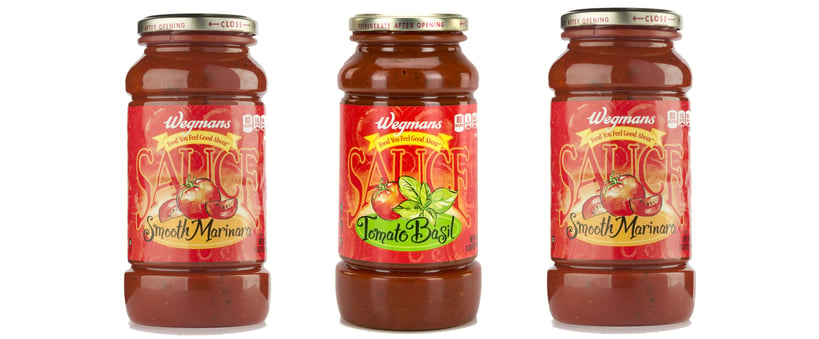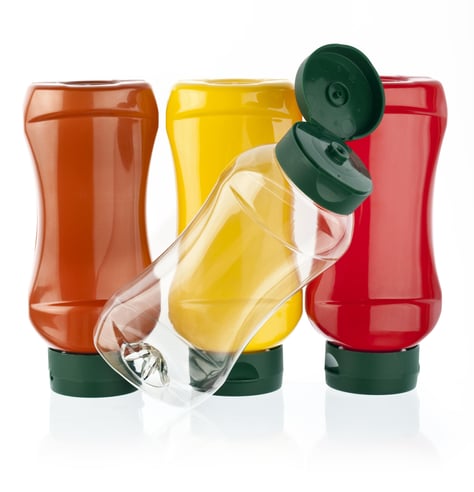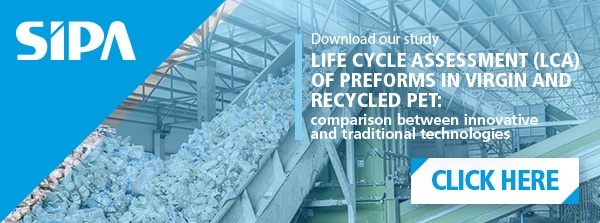
Recent year sees a marked growth, on a global scale, of products derived from tomatoes. The so-called "red gold" saw a + 9.8% within the GDO, compared to December 2019, with an increase in value of + 16.4% in value[1].
This is an important growth following the months of lockdown that had led to a sharp drop in consumption on the horeca front due to the closure of bars and restaurants.
The tomato-based products that have marked the greatest growth
Among the tomato-based products there are products that, worldwide, have always maintained a high market share (such as ketchup), without recording particular declines and others that over the last year have recorded, as anticipated, significant increases in sales.
One of them is tomato puree with +11% in terms of volume and +19% in terms of value. This is followed by pulp (+9% in volume and +16.4% in value), but certified organic preserves, sauces and peeled products are also growing, albeit to a lesser extent, representing 5% of total retail sales.
Concrete example of "Neck Lightweighting" and return on the investment
Download our free eBook
Producers' investments increase
These data are pushing fruit and vegetable producers to further increase investments in the last years, especially with regard to industrial tomatoes.
In Italy, the production campaign had ended with an increase of 8% in relation to the quantities of tomatoes delivered to the canning industry.
By making a focus on production, Italy, according to the latest Ismea report on the sector, confirms itself as the world's leading producer and exporter of tomato derivatives for the final consumer. The share of exports is about 60% of the entire production and is mainly directed towards EU countries.
READ ALSO: "Yogurt product packaging design: creativities become fundamentals"
Germany with a market that grew by 6% collects about 20%, followed by the United Kingdom which reached 14% in the import of preserves from Italy in the year preceding Brexit.
In addition to Italy, the USA (thanks to production in California) and Turkey are also confirmed as growing producers, balancing a decline recorded by Spain, Portugal and Iran.
The World Processed Tomato Council had estimated a worldwide supply of about 38.5 million tons. In terms of quantity, 27% is produced by California, which with over 10.2 million tons processed is the main production area of preserves, followed by China and Italy with 15% and 13% respectively.
The need for new packaging for tomato preserves: from glass to plastic

The preferred packaging for tomato sauce and tomato-based products is glass. Definitely a very suitable material for hot filling, also ensuring transparency to allow consumers to see the product inside the packages.
There are, however, two particularly critical aspects.
One concerns fragility: glass, being subject to a higher breaking capacity, can create damages in case of accidental shocks or falls, from the storage and transport phases to those related to end use.
The other is the high cost of the raw material, with prices tending to rise progressively.
A possible solution is given by plastic, a material already used mainly for ketchup bottles and that have recently been taken into account also for other tomato-based products.
Big brands such as Heinz have recently chosen PET for ketchup packaging, through the help of oxygen scavengers and aseptic filling.




